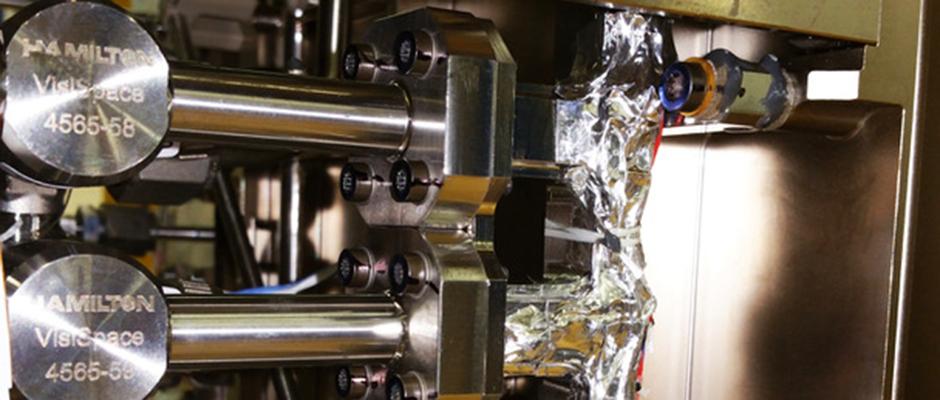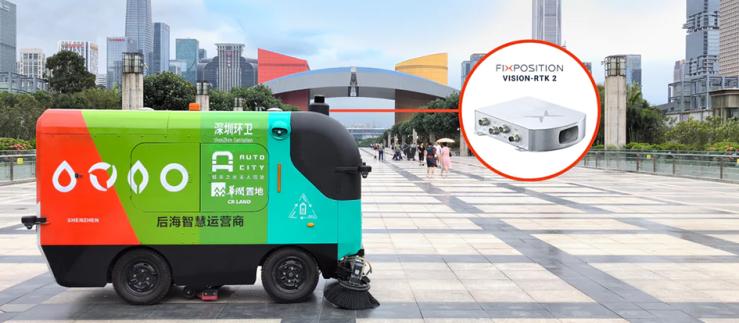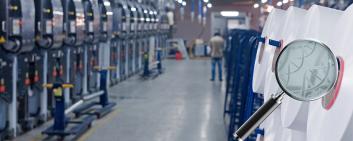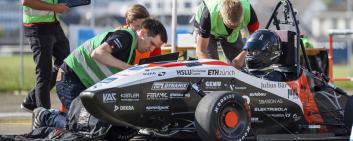The Advanced Closed Loop System (ACLS) life support system was developed by Airbus and will now be used on the International Space Station (ISS). This is a technology demonstrator which extracts carbon dioxide from the cabin air to generate oxygen and water in a closed system. Methane is a by-product of this process and can be either reused or vented overboard. When compared with existing systems, ACLS is particularly compact and nonetheless generates 40 per cent of the water needed for oxygen production, which means less water needs to be transported to the ISS for its operation.
The ACLS also contains a little Swiss expertise: the Graubünden company Hamilton Bonaduz AG developed special sensors for the system. These measure the oxygen level in the hydrogen pipe of the electrolyser and in the carbon dioxide pipe of the CO2 scrubber on the Sabatier reactor. In addition, they monitor the quality of the process water in the electrolyser.
“For this special project, we made a few changes to our standard oxygen VisiFerm DO sensor so that it meets the particular requirements,” explained Dr Peter Schulthess from Hamilton in a press release. The sensors have to withstand significantly higher forces on the ISS and also deliver measurements in zero gravity.
The sensors will soon embark on their journey: on 11 September, a cargo flight will be launched in Japan heading to the ISS with the ACLS on board for the astronauts. The functional tests and commissioning of the system are scheduled to be completed by the end of the year. The ACLS is therefore expected to be in normal operation from 2019 and could become a permanent subsystem on the ISS in future.







